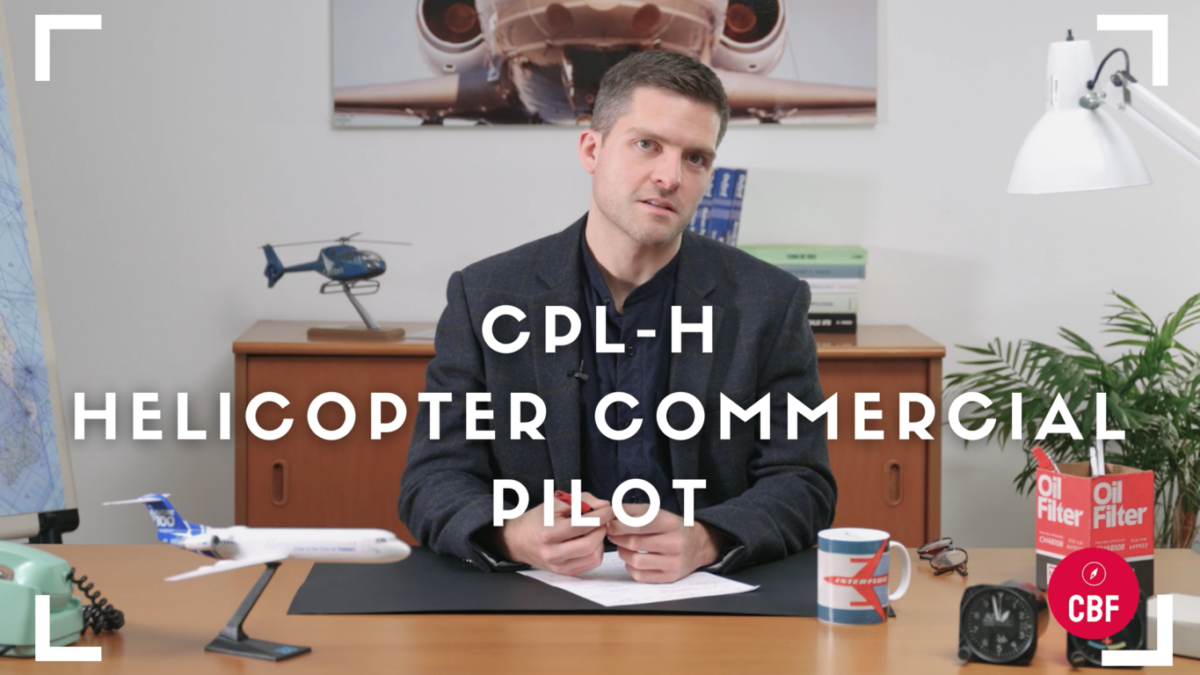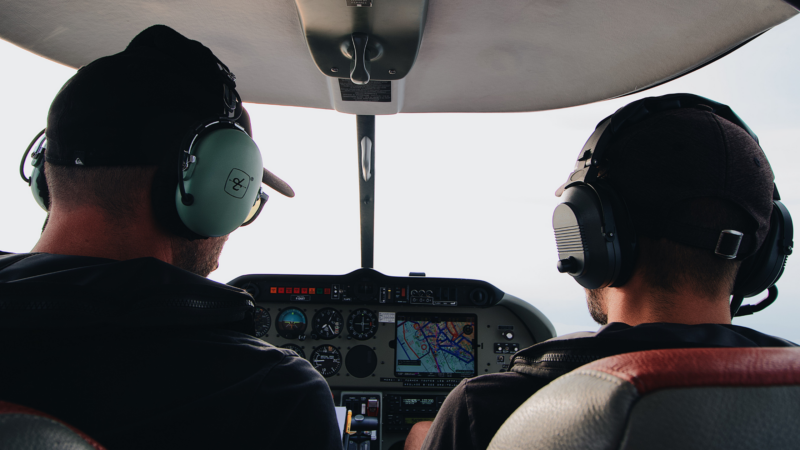CPL H modular
This course is built with “modular” modules. Each module ends with the achievement of a title or qualification or an experience prerequisite for the next module.
Let’s describe the various steps:
FIRST MODULE
The first is the private pilot license, which we have already talked about extensively and which allows you to fly for non-commercial purposes with any means for which you have obtained the qualification.
SECOND MODULE
The second module is called “hour building” (or “filling” in Italian) and is not a real training phase but is used to allow you to accumulate the experience necessary to have access to the next steps, i.e. 150 total flight hours of which at least 70 hours of solo flight (they are called “PIC hours” in jargon because you will be the Pilot in Command and there will be no instructor on board).
Small note: the regulation only provides for 50, but it is always better to reach at least 70 to be able to eventually also do the instrument flight qualification on twin-engine helicopters and obtain the night flight qualification which is a prerequisite for the final exam. Write down this information for when you look at the specific module for this qualification.
It is very important to be followed by a flight school for this phase, because theoretically you could also rely on an aeroclub, buy 70 flight hours and fly when and how you want. However, if you want to arrive prepared for the subsequent phases it is better to follow the advice of a school and also grow qualitatively as well as in terms of the quantity of “logged” hours (i.e. written in the flight booklet, the logbook). The aircraft used can be of any type, normally the cheapest you can find on the market since you will have to fly it for practically half of your training.
While you accumulate the experience of the 150 flight hours, you can in the meantime attend the theoretical course, which normally lasts between 9 and 12 months and covers all the subjects that you have already attended during the PPL, even if some subjects are further divided to be studied in more depth and therefore the final exams are no longer 9 as for the PPL but are more. Everything is in English: the books, the manuals, the slides, the exams and therefore it is essential to have a good knowledge of the language, not only to speak on the radio but to get by in any situation, in fact, in addition to the radiotelephony exam in English, you will also have to take an exam called English for aviation, which consists of an interview with an examiner to whom you will have to demonstrate that you have reached a minimum level of knowledge called ICAO level 4. There will be a dedicated tutorial later.
THIRD MODULE
Once you have reached 150 total flight hours, you will be able to access the last module which concerns the preparation for the final CPL exam and the night flight qualification and consists of 30 flight hours during the day and 5 at night with an instructor where you will essentially repeat all the PPL maneuvers but with much more precision and the instructor will require that your decision making refers to commercial and not private operations.
An important thing regarding the parallel progression between theory and practice is that once you have finished the CPL or ATPL exams, you will have 36 months to take the practical exam, so it is necessary to decide to start the exams when you can plan – also economically – the practical part within the limits.
MODULAR COURSE CONCLUSION
Now you have completed your course and you are a professional pilot and to add appeal to your CV you can obtain qualifications on the new types (which as we have already said, helicopters are different from each other) or attend online theoretical courses of specializations in safety, security, dangerous goods, etc…. or, obtain the instrument flight qualification and attend the MCC (multi crew coordination) course which will serve to have the title to fly as a co-pilot in a multi-crew.
Without this course (MCC) you will never be able to be a co-pilot in companies that do helicopter rescue for example or transport on off-shore platforms.






